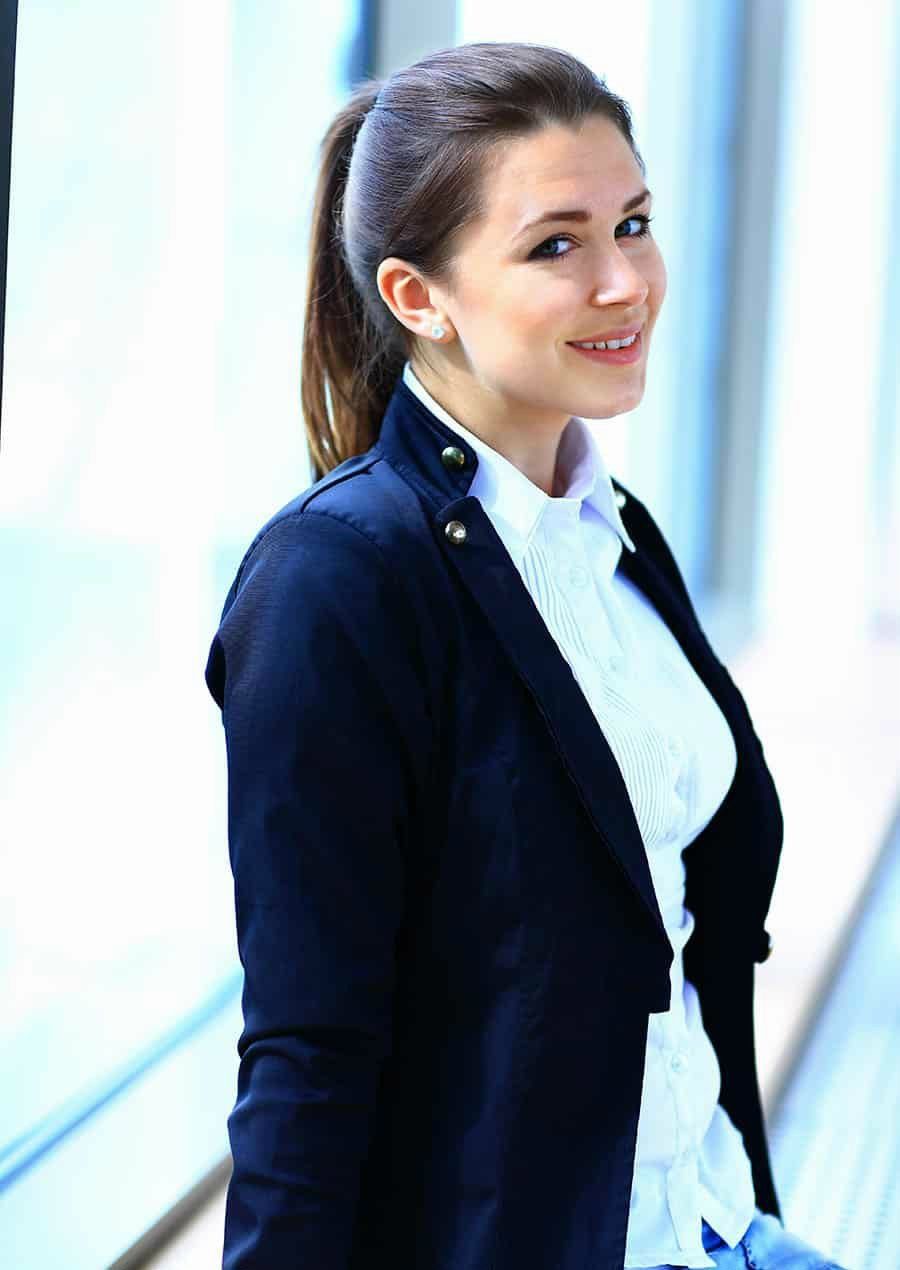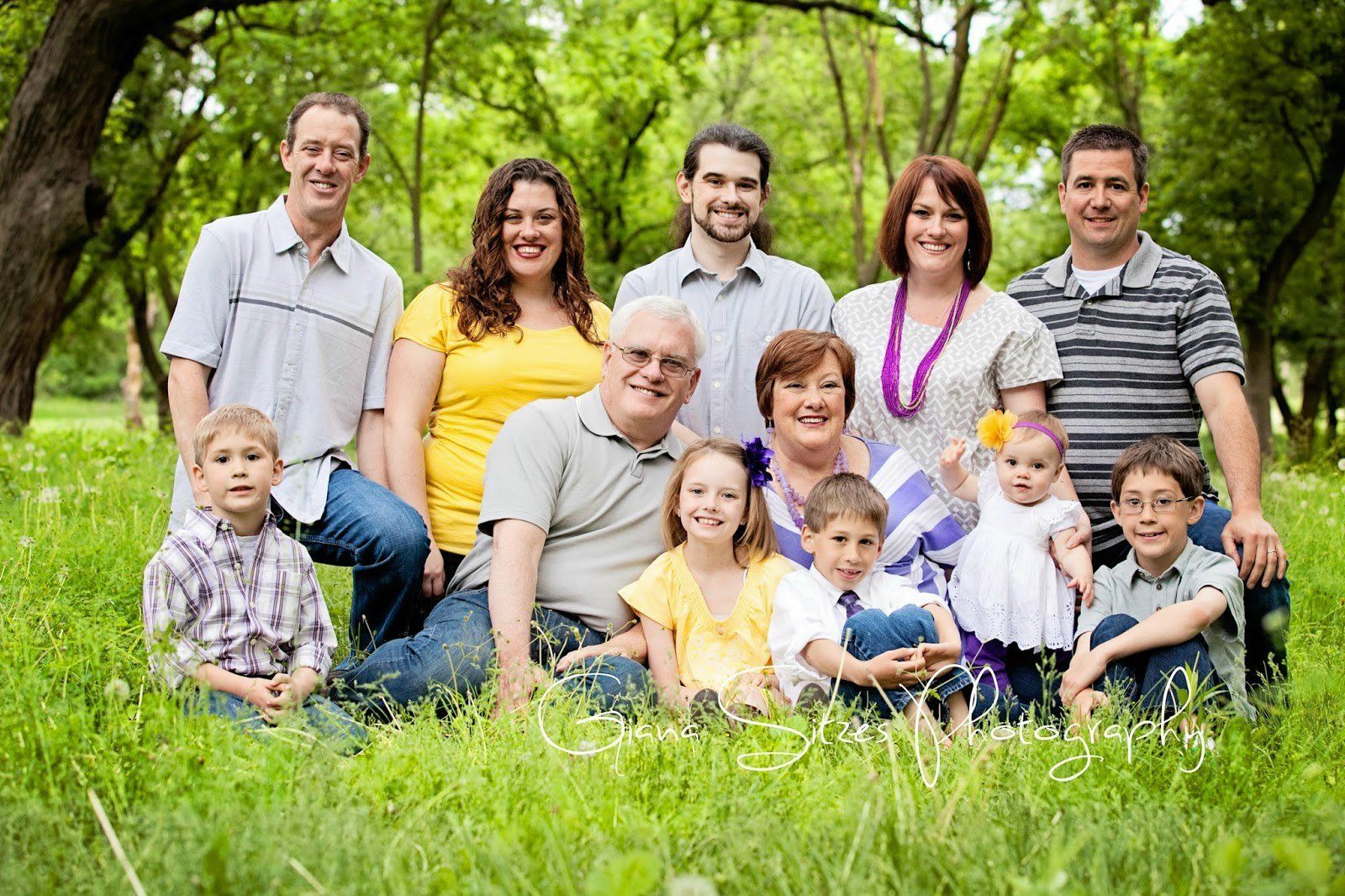 Breaking News
Breaking News
The Hum of Purpose: Why Real Craft Beats Fleeting…
The sharp tang of ozone, like a storm brewing indoors, always hits me first. It’s a scent that cuts through the stale air of a workshop, a promise of electric potential. My fingers, accustomed to the cool, slick surface of a screen, hesitated as they brushed against the rough canvas glove hanging on a peg. This isn’t my world. Or so I thought, once.
Years of Craft
Replicators
Charlie P.-A. was the reason I was there, a man who saw light not as emitted code but as a meticulously coaxed flame trapped in glass. He’d been shaping gas-filled tubes for 49 years, each bend a testament to patience most wouldn’t afford a single minute, let alone 49. His workshop, a symphony of hums and crackles, felt like a time machine set to a future the digital age had forgotten. The floor was strewn with discarded patterns, complex designs only 9 people in the whole state could probably replicate, each line a silent rejection of the easy button.
The Digital Deluge
I’d just hung up on my boss-accidentally, I swear, though the satisfaction was almost criminal-and my mind was a knot of conflicting signals. We were supposed to be innovating, disrupting, revolutionizing. But all I saw around me were endless iterations of the same tired ideas, packaged with new buzzwords, designed for clicks, not connection. A colleague had boasted the other day that their latest “groundbreaking” project took only 29 hours from concept to launch. It looked like it, too: flat, devoid of warmth, interchangeable with a thousand others. A throwaway.
The Soul of Forging
Charlie P.-A. didn’t ‘launch’ anything. He *forged* it. He spoke of the inherent resistance of the argon, the stubbornness of the neon, the way the glass itself had a memory. “You can’t rush soul,” he’d said, his voice raspy, holding up a delicate, serpentine ‘S’ that shimmered with an inner fire. “The machine gives you what you ask for. The hand, it gives you what it *feels*.” That’s the core frustration, isn’t it? The endless pursuit of output, of quantifiable metrics, without any real input of spirit. We chase the quick wins, the viral moment, neglecting the slow burn of true mastery. We get so caught up in the idea of building *everything* faster that we forget to build *anything* lasting.
189
Years of Master Craftsmen Legacy
I watched him carefully heat a section of glass tubing, rotating it with practiced ease. The flame, a searing orange, made the air around it dance. He moved with the precision of a surgeon and the grace of a dancer, his movements a story 189 years in the making, tracing back to master craftsmen long forgotten. He didn’t just *do* his work; he *became* it. What was the secret to such singular devotion? It wasn’t about the money; he charged only $979 for a piece that, frankly, deserved far more. It wasn’t about fame; his clients were mostly local businesses, not global brands.
Deliberate Intention
Tangible Narrative
Enduring Design
The Human Touch
For years, I believed that efficiency was the ultimate virtue. Optimize, streamline, automate. If a task could be done by a robot, it should be. Why waste human effort on something repetitive? I remember arguing, quite passionately, that the future of design was entirely digital, that physical objects were archaic, messy, inefficient. I even convinced myself that the digital realm offered infinite possibilities, while the physical was bound by cumbersome physics and expensive materials. The truth, though, felt hollow. A screen, no matter how high-resolution, still lacks the tactile weight, the subtle imperfections that whisper “human.”
Pixel Perfect vs. Soulful Real
Charlie, on the other hand, was creating heirlooms. Each sign wasn’t just a beacon; it was a character. The gentle hum of the transformer, the way the light spread itself through the colored gas, the very warmth emanating from the glass – it all spoke of deliberate intention. You couldn’t mass-produce that feeling. You couldn’t algorithmically generate that narrative. The glowing ‘Open’ sign in a diner window, a testament to long nights and early mornings, was more than just a word; it was a piece of the diner’s history, a silent promise to the town. The digital sign across the street, flickering through its generic advertisements, offered nothing but distraction. One spoke. The other merely barked.
Authenticity Matters
Finding the Authentic
It made me think about how we find things today. We used to rely on local knowledge, on the specific recommendations of trusted sources. Now, we scroll endless feeds, bombarded by algorithms pushing generic lowest common denominators. But for truly specific, often niche, or even regulated products and services – the kind that require genuine expertise and a deep understanding of local context – you still need a guide. You need a curated list, a specialized directory. It’s why platforms like WeedMaps still thrive; they connect people to precise, often artisanal, local offerings that generic search engines just can’t filter with the same nuance. You need to know where to look, and sometimes, you need someone who *knows* where the good stuff is. It’s about finding the authentic, not just the available.
Feeds
Offerings
Bending Perception
Charlie wasn’t just bending glass; he was bending perception. He reminded me that the digital realm, for all its dazzling complexity, often flattens experience. It removes the grit, the scent, the subtle temperature shifts that make up a real interaction. We lose the feeling of the rough wooden counter, the smell of freshly brewed coffee, the specific imperfection in a hand-painted sign that tells a story. We’re left with polished, frictionless surfaces that ironically create more friction in our souls. He’d shown me an old neon clock from 1939, still ticking, still glowing, a perfect example of design meant to endure, not just entertain for a season.
Craftsmanship Durability
90%
I remembered a conversation from years ago, over some bland conference coffee, with a marketing guru who insisted that “attention spans are dead.” He claimed we had to shout louder, flash brighter, and change faster than anyone else just to get a fraction of a second of notice. He had a pie chart with 29 wedges, each representing a different micro-engagement strategy. It felt like trying to catch mist in a sieve. But Charlie’s work didn’t shout; it *glowed*. It commanded attention not through frantic urgency, but through quiet, undeniable presence. It didn’t demand; it invited. It offered a refuge from the cacophony.
What If…
True Disruption is Being True?
The Lasting Glow
The transformation isn’t always about a grand, sweeping gesture. Sometimes, it’s about shifting a millimeter of perspective. Seeing the profound in the painstaking, the lasting in the labor. It’s the knowledge that a crafted piece, even something as simple as a neon tube, can carry more weight, more meaning, than a fleeting digital display that costs $5,009 to run for a single month. The true value lies not in how quickly something can be made, but in how deeply it can resonate, how stubbornly it refuses to fade.
As the afternoon light faded, casting long shadows across Charlie’s workshop, the first sign he’d lit that morning, a brilliant turquoise wave for a surf shop, seemed to deepen its hue. It hummed softly, a tiny, vibrant universe contained within clear glass and charged gas. It wasn’t just light; it was an anchor, a testament to dedication, a defiant spark against the creeping grayness of homogeneity. And for the first time in what felt like a very long time, I didn’t feel the phantom vibration of a phone in my pocket, didn’t wonder about the next meeting, didn’t fret over algorithms. I just stood there, breathing in the ozone, watching the light.































